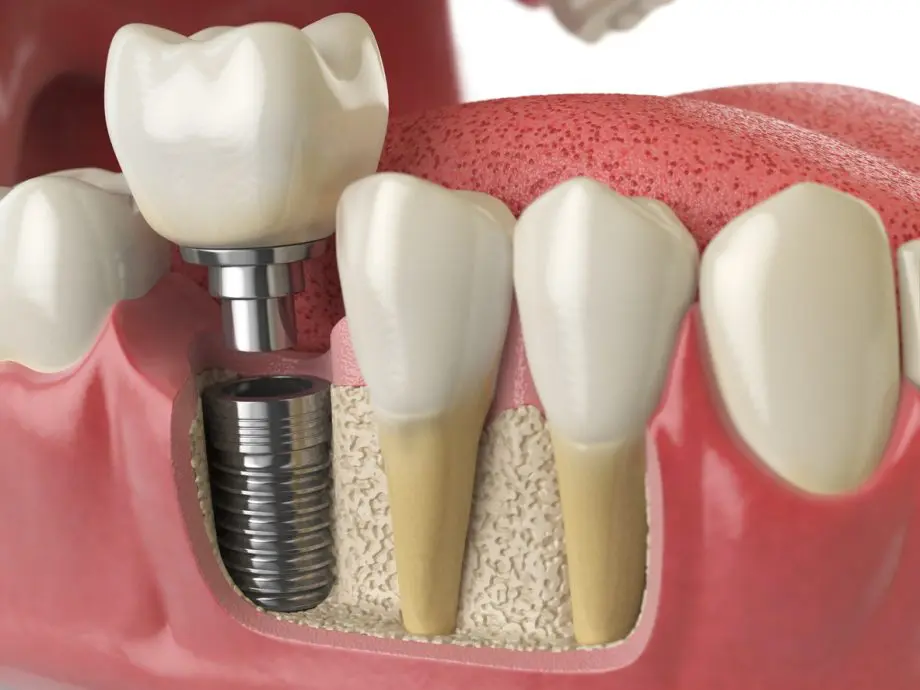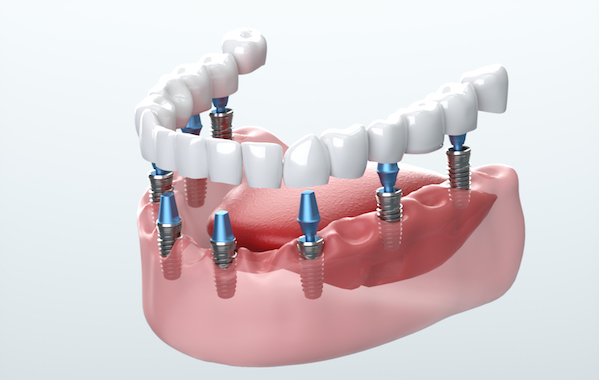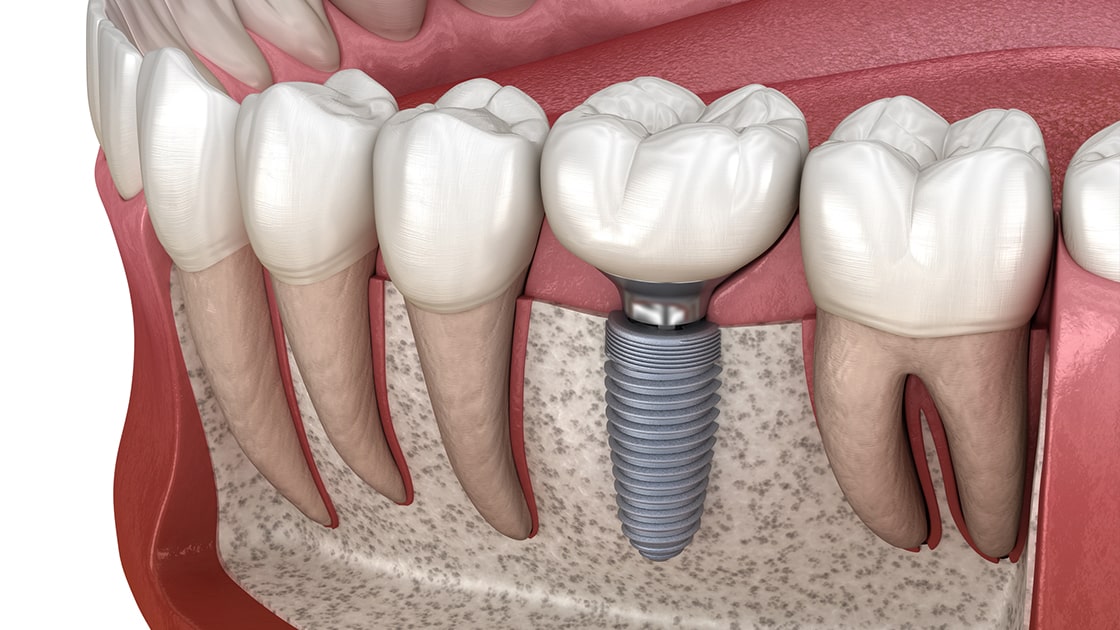Dental Implants Grand Haven MI - Dental Implants surgery
Dental Implants Grand Haven MI - Dental Implants surgery
Blog Article
Dental Tooth Implant Jenison MI - Dental Implants - Oral and Maxillofacial Surgery
The journey toward dental implants begins with a thorough evaluation of the jawbone's condition. When there is inadequate bone density to support an implant, bone grafting turns into a crucial process to recreate a stable basis. Check This Out Understanding how a lot bone grafting is needed for dental YOURURL.com implants tremendously influences the treatment plan, timeline, and general success rate.
The amount of bone grafting required is dependent upon multiple elements, together with the extent of bone loss, the implant's size, and the particular location within the mouth. In instances of great bone loss due to periodontal ailments, trauma, or extended tooth loss, more in depth grafting could also be needed. Conversely, if the bone loss is minimal, a smaller graft could suffice.
Dental Implants Affordable Jenison MI - Dental Implants - Missing Teeth - Dentures
The analysis course of sometimes involves imaging studies corresponding to X-rays or 3D scans, permitting the dental professional to visualize the bone structure (Dental Tooth Implant Muskegon MI). These images assist in determining the standard and quantity of existing bone. If the bone is deemed inadequate, the dentist will then outline the suitable grafting procedures
Grafting could be sourced from various areas. Autografts, which contain harvesting bone from the patient's personal body, are often deemed the gold normal. These offer glorious integration with the existing bone but include the drawback of extra surgery. Other options embody allografts, which use donor bone, and synthetic supplies designed to mimic natural bone. Each possibility has its own implications on therapeutic and success rates.
After figuring out the necessary quantity of bone grafting, the dental professional will create a tailor-made plan for the patient. This plan could include the timing of bone grafting in relation to the implant placement. In some circumstances, a graft can be carried out simultaneously with the implant surgery. Alternatively, in additional complicated situations, a separate therapeutic interval is indicated.
Healing timelines vary primarily based on the individual's health, the extent of grafting, and the sort of graft used. Generally, the healing of a bone graft takes several months before an implant may be positioned. During this time, bone regeneration occurs, leading to a steady base for the implant.
Implants Dental Near Me Grandville MI - Dental Implants - Top Oral Surgeon
Patients usually surprise about the risks associated with bone grafting. While issues corresponding to infection or graft failure are attainable, these occasions are comparatively rare. Adhering to post-operative care directions and attending follow-up appointments reduce risks and promote healing.
Once the bone has adequately healed, the dentist assesses the graft's success by evaluating the bone density and stability. If everything looks favorable, the subsequent steps towards inserting the dental implant can commence. The success of this subsequent step largely hinges on the quality of the bone graft and its integration with the encompassing bone.
Cost considerations play an important role within the decision-making process. The expense of bone grafting varies based mostly on materials used, the complexity of the case, and geographic location. It is essential for patients to discuss finances upfront to keep away from surprising payments later within the treatment.
Cheap Dental Implants Muskegon MI - Dental Implants Surgical Technique Videos
Also, patients ought to have realistic expectations regarding the timeline and outcomes. Many factors can affect how a lot bone grafting is needed and its general effectiveness. A collaborative strategy involving the affected person and the dental group not only ensures readability but additionally enhances the probabilities of a profitable end result.

Maintaining good oral hygiene and common dental visits following the procedure is vital. These practices can prevent issues and make positive that both the graft and the implant stay secure over time. The ongoing relationship with a dental professional is essential, particularly in the months following the procedures.
In conclusion, understanding how a lot bone grafting is required for dental implants encompasses a multi-faceted strategy that considers bone quality, grafting types, therapeutic time, and overall patient health. The steadiness between achieving the desired aesthetic and practical outcomes while minimizing risks and problems is on the heart of dental implant procedures. The journey could also be in depth, however a well-planned approach maximizes the probabilities for a profitable, long-lasting result in restorative dental work.
- Determining the amount of bone grafting required for dental implants usually hinges on the preliminary bone density and volume of the patient's jawbone.
- Each affected person's case is exclusive; factors similar to earlier extractions, periodontal disease, or trauma can influence the need for grafting.
- A 3D imaging scan is usually performed to evaluate the precise dimensions of the available bone and inform the grafting strategy.
- The kind of dental implant placement—immediate or delayed—may dictate the quantity of bone grafting essential for stability and integration.
- Different kinds of graft materials, similar to autografts, allografts, or artificial choices, can impression how much grafting material is needed.
- Assessing the patient's general health, age, and way of life habits can have an result on the therapeutic course of, influencing graft quantity necessities.
- The depth and placement of the implant can necessitate varying amounts of graft material to secure optimal outcomes.
- Successful integration of the dental implant typically depends on enough bone density, resulting in a tailor-made grafting strategy for every particular person.
- Consultation with an oral surgeon will present a clearer estimate of the bone grafting wanted primarily based on complete evaluations and imaging outcomes.
- Post-grafting therapeutic time varies; thus, a cautious evaluation is important to determine the final amount of grafting required for successful implantation.undefinedHow much bone grafting is needed for dental implants?
Dental Implants Near Me Norton Shores MI - Implants Dentistry - Dental Implants
What is bone grafting and why is it essential for dental implants?undefinedBone grafting is a surgical procedure that provides bone or bone-like material to the jawbone. It is critical for dental implants when the existing bone is inadequate to support the implant, making certain stability and long-term success.
How do I know if I need a bone graft for dental implants?undefinedYour dentist or oral surgeon will consider your jawbone via x-rays or 3D imaging to find out its density and volume. If they discover that you simply lack adequate bone, they may advocate a bone graft before continuing with the dental implant.
Dental Implants Cost Walker MI - Dental Implants - an overview
What components influence the amount of bone grafting needed?undefinedFactors include the scale and placement of the implant website, the health and density of existing bone, and individual therapeutic capability (Implants Dental Procedure Walker MI). These parts help the dentist determine the appropriate amount of graft material wanted
Are there different sorts of bone grafts used for dental implants?undefinedYes, there are several varieties, including autografts (from your own body), allografts (from a donor), xenografts (from animals), and artificial graft supplies. Each sort has unique advantages and may be chosen based mostly on individual affected person wants.
Dental Implants Whole Mouth Wyoming MI - Learn More About Your Implants Treatment
How long does the bone grafting procedure take?undefinedThe length varies based on the complexity of the grafting process and the extent of the world handled. Generally, a bone grafting procedure can take anyplace from half-hour to a couple hours, depending on the precise circumstances.
What is the recovery time after a bone graft for implants?undefinedRecovery instances can differ, however typically, initial healing might take a number of weeks, while complete integration of the graft with the bone can take a quantity of months. Your dentist will present a customized timeline primarily based in your scenario.

Will I experience pain after the bone grafting procedure?undefinedSome discomfort is widespread after a bone graft, however it's typically manageable with prescribed pain treatment. Most sufferers report that pain diminishes significantly within a few days.
Denture Dental Implants Grandville MI - Dental Implants: A 5-step plan to restoring your teeth
How does bone grafting affect the overall dental implant timeline?undefinedBone grafting may lengthen the general timeline for receiving dental implants, as it requires a healing period earlier than implants could be placed. This can add a number of months to the method however is important for a successful implant placement.

Are there risks related to bone grafting for dental implants?undefinedLike any surgical procedure, bone grafting carries some risks, such as infection, graft failure, or complications related to anesthesia. However, when carried out by an skilled professional, these risks are usually low.
Can I actually have dental implants placed instantly after a bone graft?undefinedIn many circumstances, dental implants cannot be placed instantly after a bone graft as a outcome of want for the graft to integrate into the existing bone. However, some techniques, like instant loading, might permit for this under particular conditions. Your supplier will advise you on the greatest option based mostly on your circumstances.
Report this page